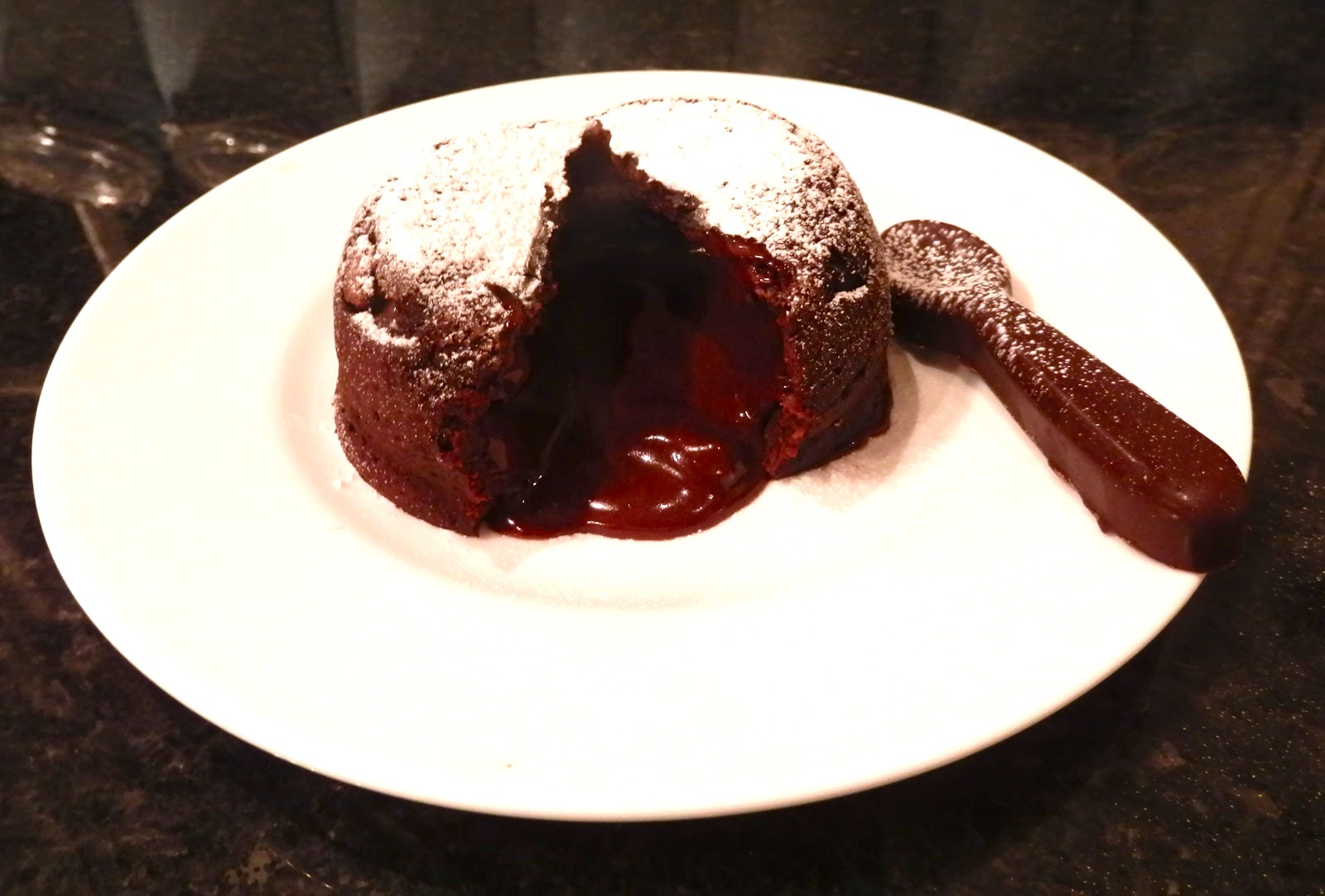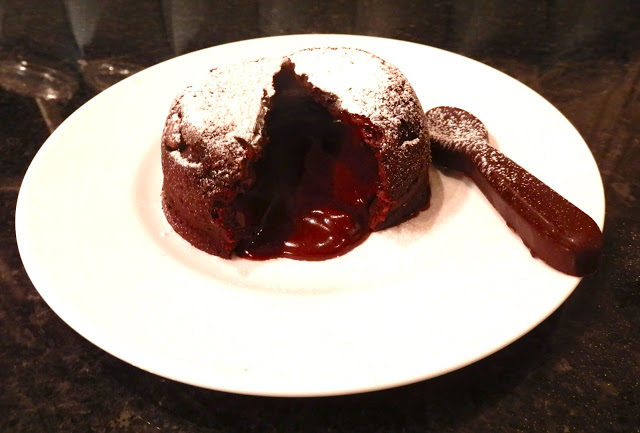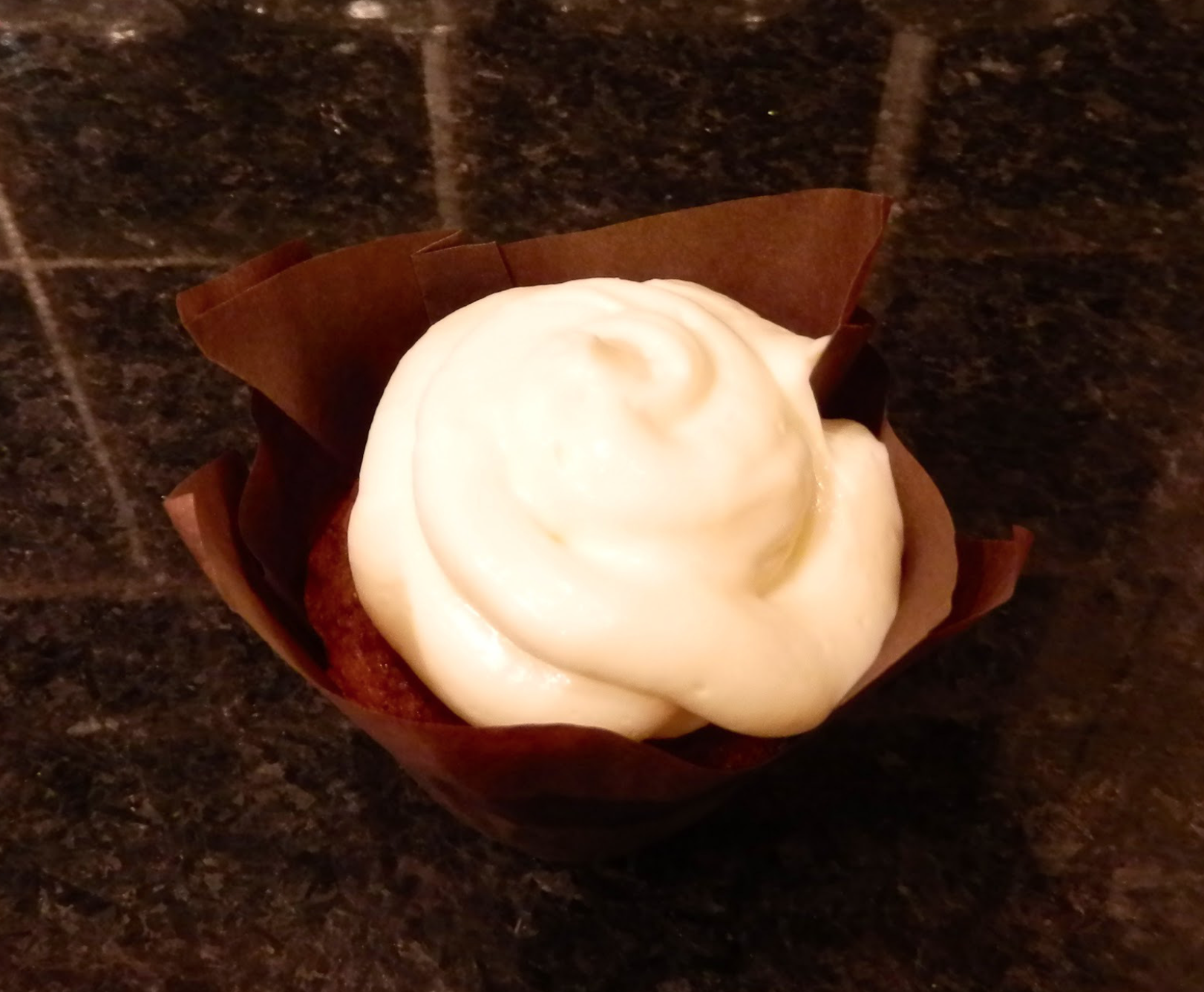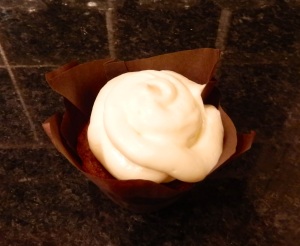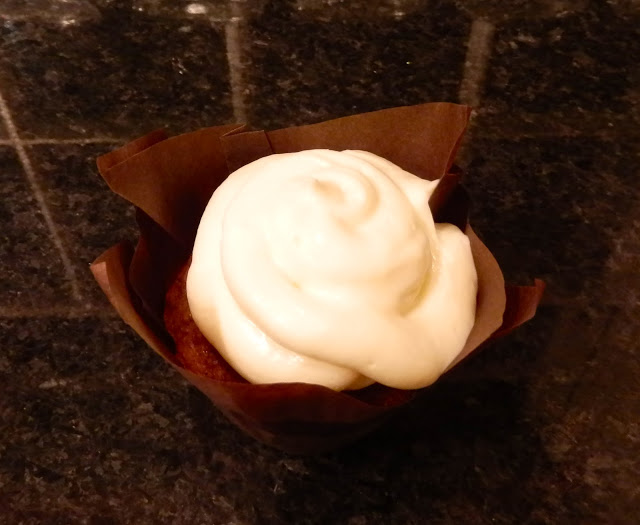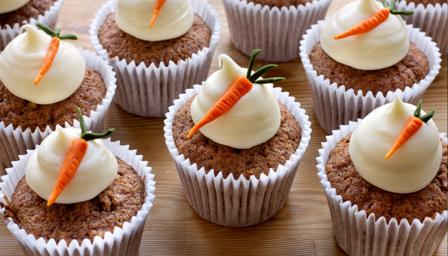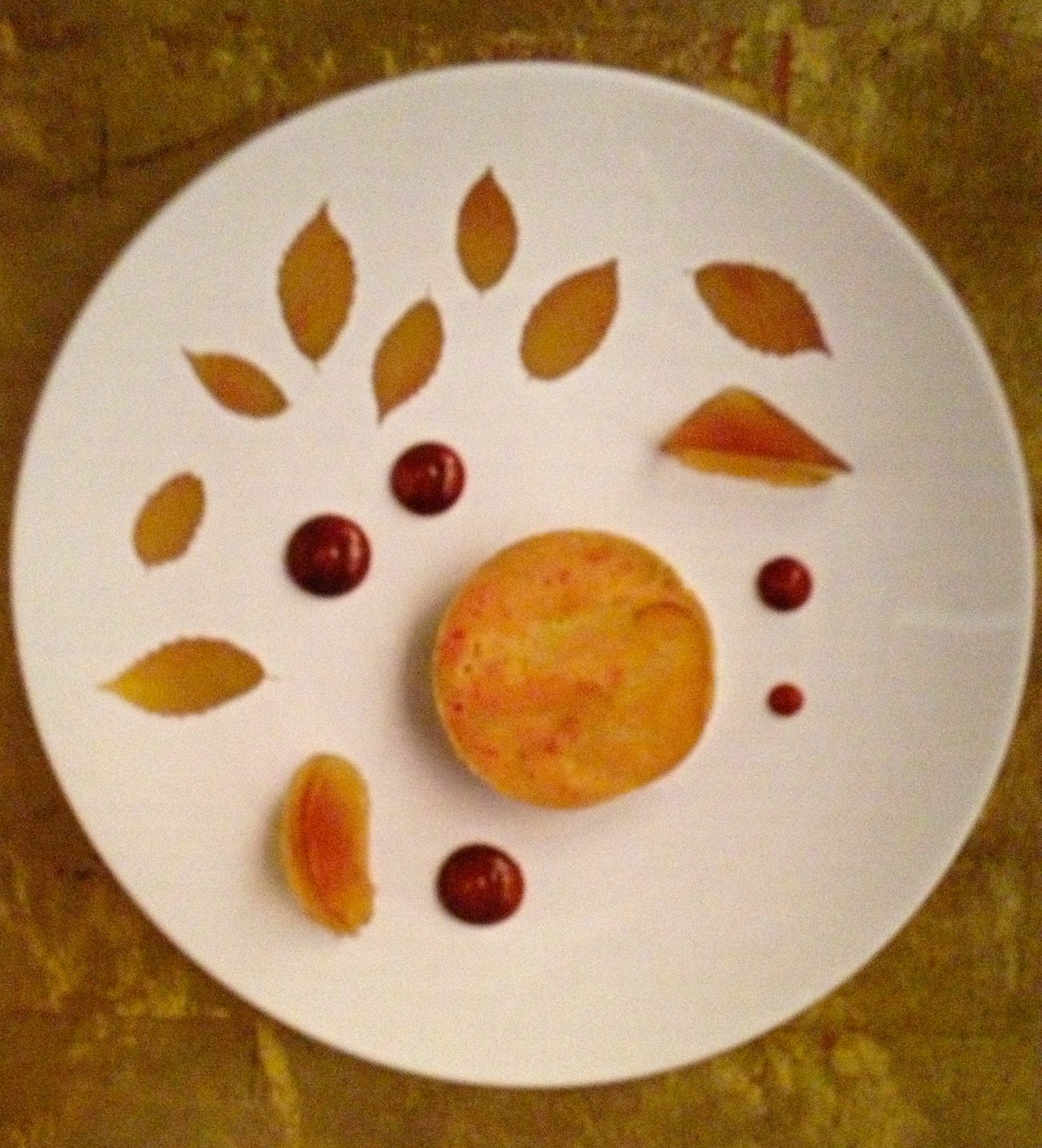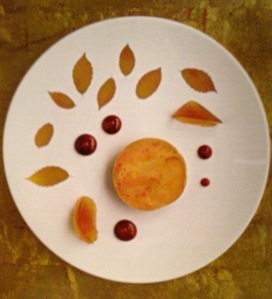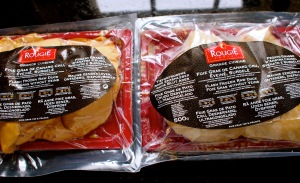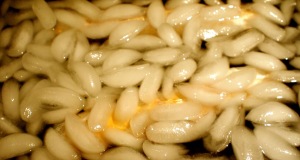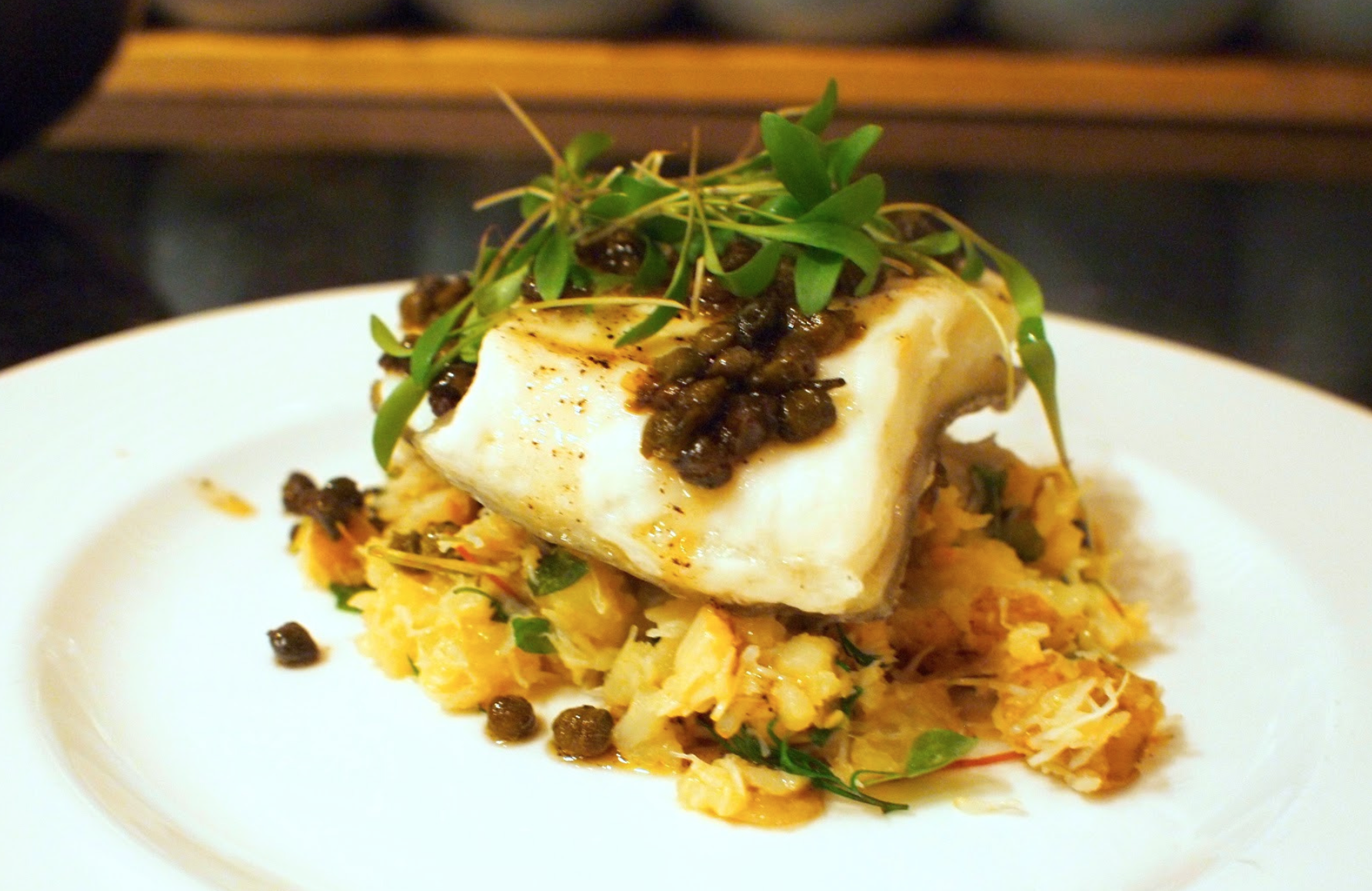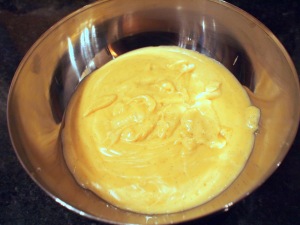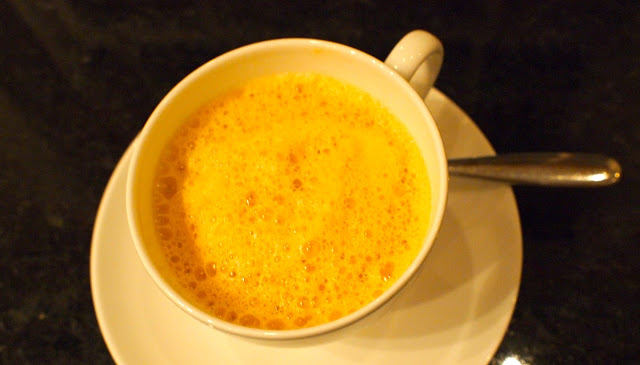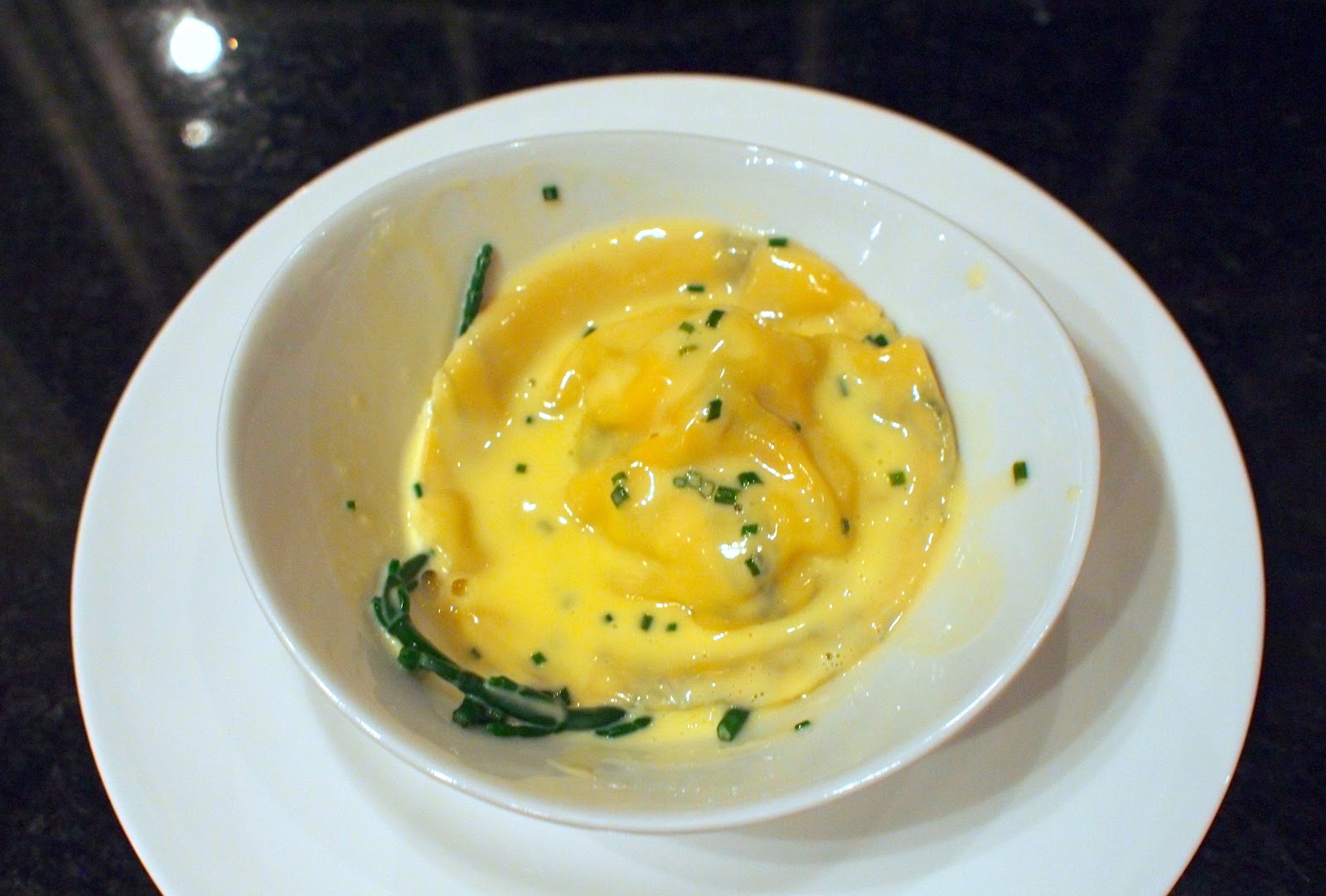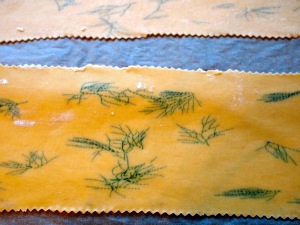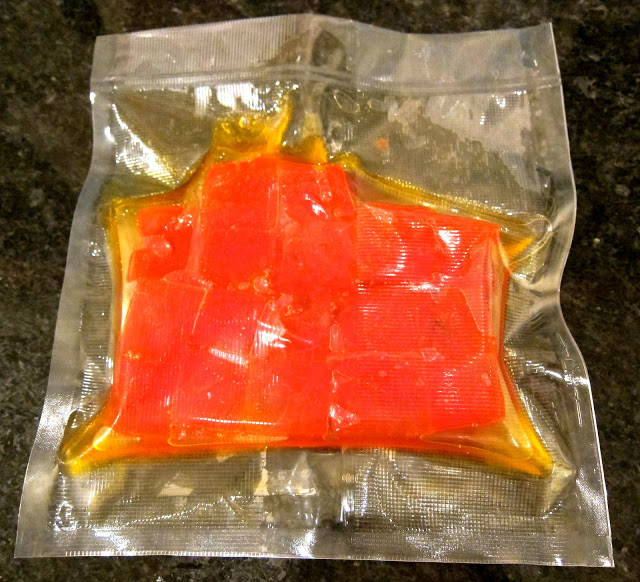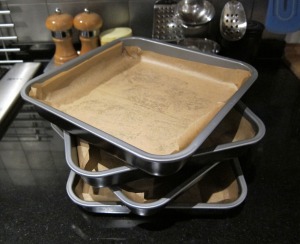Chocolate fondant, the nemesis of many a Masterchef contestant! I’ve no idea why they will insist on trying to make a fondant without choosing a recipe which guarantees success. This recipe by the charming Mark Lloyd is delicious (I had it at his pop-up in London), and it’s always struck me as more likely to succeed because of the addition of the liquid glucose. I can assume you it works perfectly!
115g dark, dark chocolate (72%) , broken into even chunks
50mls or large tablespoon of liquid glucose, just slightly warmed
2 large, free range eggs, beaten to break the yolks
45g of Plain Flour
Method
- Melt together the chocolate and butter over a pan of simmering water, making sure the water is gently simmering and isn’t touching the bottom of the bowl…
- In a bowl or food processor, whisk the eggs and glucose together until mixed completely.
- Now whisk in the flour, then add the melted butter and chocolate, keep stirring until the mix is even coloured.
- When you are ready to cook them have you oven set at 190c and ¾ fill your frozen mould, gently tap to remove any air bubbles and bake for 7-8 minutes, remove from the oven, leave them for a minute to relax, then place the plate over the mould, tip over and they should turn out out, now get them to the table quick as there is nothing worse than bursting them before they get there!
